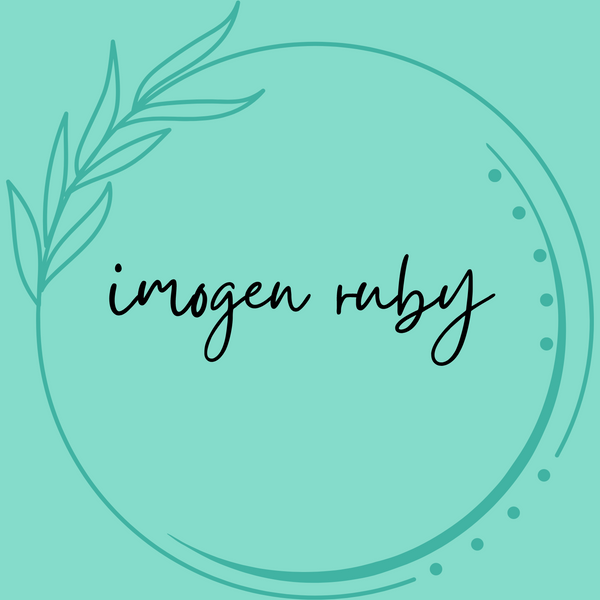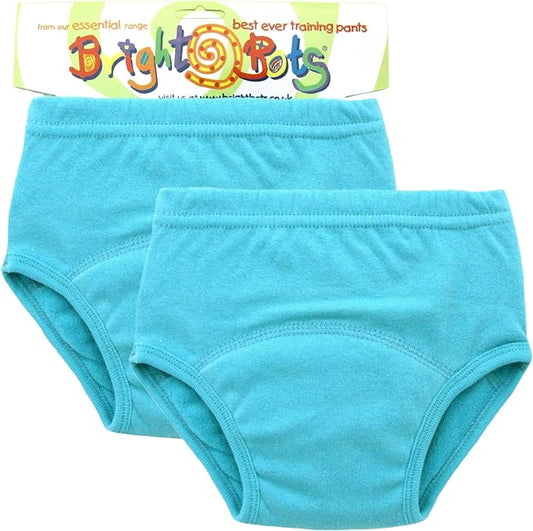Washing and Storing Cloth Nappies
Share
Caring for your reusable nappies can seem like a mammoth task but it is actually very simple once you are in a routine.

Storing your dirty nappies
When you take the nappy off your little one, you need to remove any poo (either flush the poo in the toilet or remove the disposable liner and pop in the bin) and then pop the nappy into your wet bag or nappy bucket to store until wash day.
If any poo has missed the liner and the nappy itself has got soiled, you may prefer to rinse it through before it goes into the nappy bucket, to stop any stains from setting. Velcro nappies come with laundry tabs to secure the velcro from sticking to the other nappies in the bag and damaging them.
Filling your washing machine
You need to have your washing machine around 3/4 full. This means that you will fit a different number of nappies in each load depending on the size of your machine and the size of the nappies (birth to potty vs newborn size nappies). The reason for this is if you put too many nappies into your washing machine there won't be enough room for the water to move them around and agitate them so they won't clean properly. Too few nappies can cause too many bubbles from the detergent causing detergent build up in your nappies. If you don't have enough nappies for a full wash, you can bulk out the machine with other things like muslins or bibs that could also use a long wash!
Quick Wash
To begin with, you need to run your nappies through a quick, cold wash without any detergent. This needs to be a separate wash, not a prewash cycle. This is because most washing machines will reuse the water from a prewash cycle and as reusable nappies are heavily soiled, you don't want any of the dirty water being reused in the main wash. This first wash cycle will wash away any remaining solids and flush out the wee from the nappies.
Main Wash
Once the quick wash has finished, you will need to run your longest 40 or 60 degree wash. Usually a cotton cycle is the most appropriate as your nappies will be heavily soiled and require a long wash with plenty of water to ensure they are clean.
Drying your Nappies
Air drying your nappies is best for their longevity and care - ideally outside as the sun will bleach any remaining stains from your nappies! The power of the sun is wonderful! However, I am aware that the British weather does not lend itself to outside drying year round. How you dry them inside will depend on the size/layout of your house and available airer space. It is recommended that you do not dry the waterproof layers of any nappy on direct heat so they cannot be placed directly on a radiator. I find that clip on radiator airers and a socktopus or two enable me to dry my nappies year round as I hang the nappies from a curtain rail in the window to free up other drying space in our house!
Frequently Asked Questions
| What about new cloth nappies? | You need to wash new cloth nappies a couple of times before use (2 times is recommended). This is to boost their absorbency prior to use. |
| Should I pre-soak my nappies in a bucket? | It is not recommended to use soaking agents and pre-soak your nappies as these can corrode the nappy materials - particularly bamboo and organic cotton. Not only would the use of soaking agents invalidate your manufacturers warranty but it could also destroy your nappies. |
| What temperature should I wash at? | Ideally, you need to check the specific brand recommended temperature to make this choice and many brands recommend 40 degrees. However, many people would rather wash them at 60 degrees - myself included - however, it invalidates the manufacturers warranty on certain nappies. |
| What detergent should I use? | Detergent choice is very personal and can depend on many factors (skin sensitivity, price, what you already use). Generally, the best choice for reusable cloth nappies is a non-bio powder. 'Eco detergents' have risen in popularity and are a great option for many people, however, we have found that they don't generally provide a good enough clean for reusable nappies. |
| What is the correct dose? | It is important to find the correct dosage for your detergent. Your detergent packet should provide a recommended dose for heavily soiled items and based on your water hardness and drum size. You then need to make sure you are using 3/4 of this as you have 3/4 of a load. Using too much detergent can cause a residue building up in the nappies and if your nappies smell unclean this can be a sign that you have used the wrong dose of detergent. |
| Should I use fabric conditioner? | No, you shouldn't use fabric conditioner as it will impact the absorbency over time. |
| How often should I wash my nappies? |
You need to wash your nappies at least every 2/3 days. You may find you need to wash more frequently depending on the number of nappies you have and how many you are using in a day (e.g. you may need to wash more frequently with a newborn compared to a toddler). |









